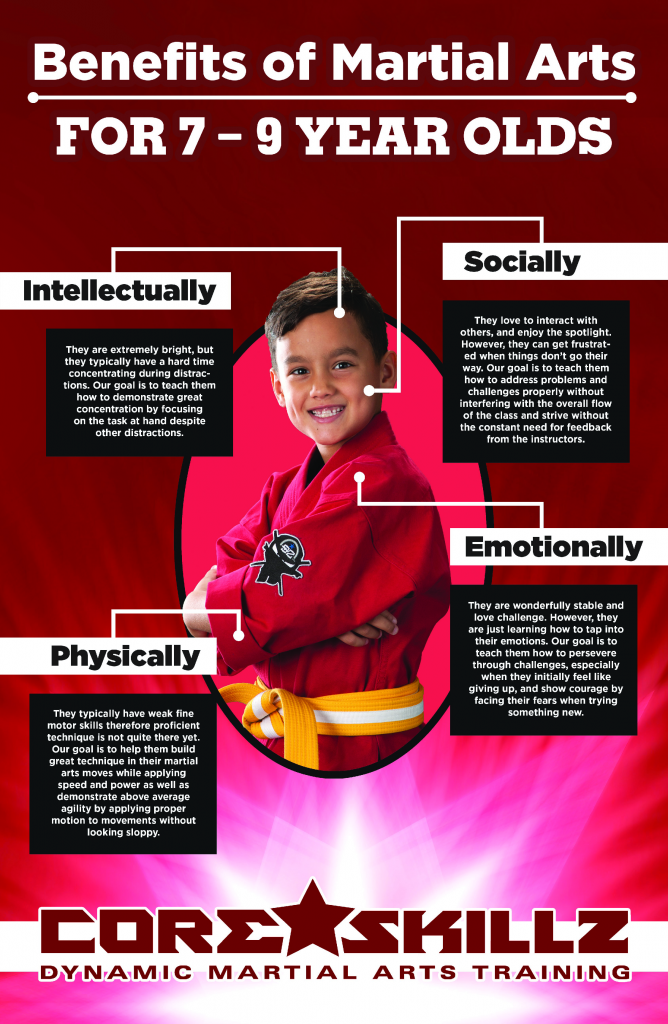A Historical Summary And Progression Of Martial Arts Across The Globe
A Historical Summary And Progression Of Martial Arts Across The Globe
Blog Article
Authored By-Stevenson Matthews
Martial arts have an interesting background that spans centuries and continents. You could locate it intriguing exactly how old practices like Shuai Jiao and Kalaripayattu prepared for modern-day fight techniques. These self-controls not only stress physical skills yet also mirror the cultures that birthed them. As you explore their advancement, take into consideration exactly how globalization has actually transformed these standard kinds into crossbreed styles. What influences do you assume have formed today's martial arts landscape?
Ancient Martial arts: The Structures of Battle
As you delve into the world of old martial arts, you'll find the abundant foundations that formed combat strategies across societies. Very early methods concentrated on Self-Defense and survival, commonly including strikes, hurting, and weapons.
In old China, for example, strategies like Shuai Jiao highlighted throws and joint locks, while India's Kalaripayattu showcased dexterity and liquid activity. Japanese samurai developed Kenjutsu, a refined swordsmanship that highlighted technique and method.
These martial arts offered not just for battle yet likewise as a way of individual advancement, instilling worths like regard and willpower. why martial arts should be taught in school blending of these techniques over time prepared for the varied martial arts you see today, each reflecting the special viewpoints and needs of its culture.
The Cultural Influence on Martial Arts Growth
While martial arts frequently show the practical demands of a culture, they additionally personify the cultural worths and beliefs of their origins. When you check out different martial arts, you'll see how they're affected by faith, approach, and social norms.
For instance, the emphasis on respect and discipline in Japanese martial arts comes from Zen Buddhism and samurai culture. On the other hand, Brazilian Jiu-Jitsu advertises versatility and method, formed by the requirement for efficiency in a diverse, multicultural environment.
just click the next web page could find that the routines, uniforms, and training methods mirror an area's history and identity. By recognizing these social influences, you grow your appreciation of martial arts and their function fit human experiences around the world.
Modern Adaptations and the Globalization of Martial arts
Martial arts have actually transformed substantially in current years, adapting to modern culture and global influences. You'll notice that typical kinds have blended with modern-day strategies, producing hybrid styles like mixed martial arts. These adaptations accommodate varied audiences, making martial arts available and enticing globally.
With the rise of social networks and digital platforms, you can find tutorials and competitions from all corners of the globe, breaking geographical barriers. This globalization has resulted in a common appreciation for different disciplines, from Brazilian Jiu-Jitsu to Taekwondo.
As you engage with these arts, you'll realize they're not just about fight; they promote physical fitness, technique, and mental health.
Ultimately, contemporary adjustments have enriched the martial arts landscape, making it a vibrant and evolving practice.
Verdict
In exploring the history and advancement of martial arts, you discover a remarkable mix of methods, societies, and ideologies. From old self-controls like Shuai Jiao and Kalaripayattu to the modern-day versatility seen in mixed martial arts, martial arts mirror humankind's mission for Self-Defense and individual development. As you engage with these practices, you not just acquire skills yet likewise a deeper appreciation for the varied customs that shape our globe today. So, continue your journey and embrace the art of battle!
